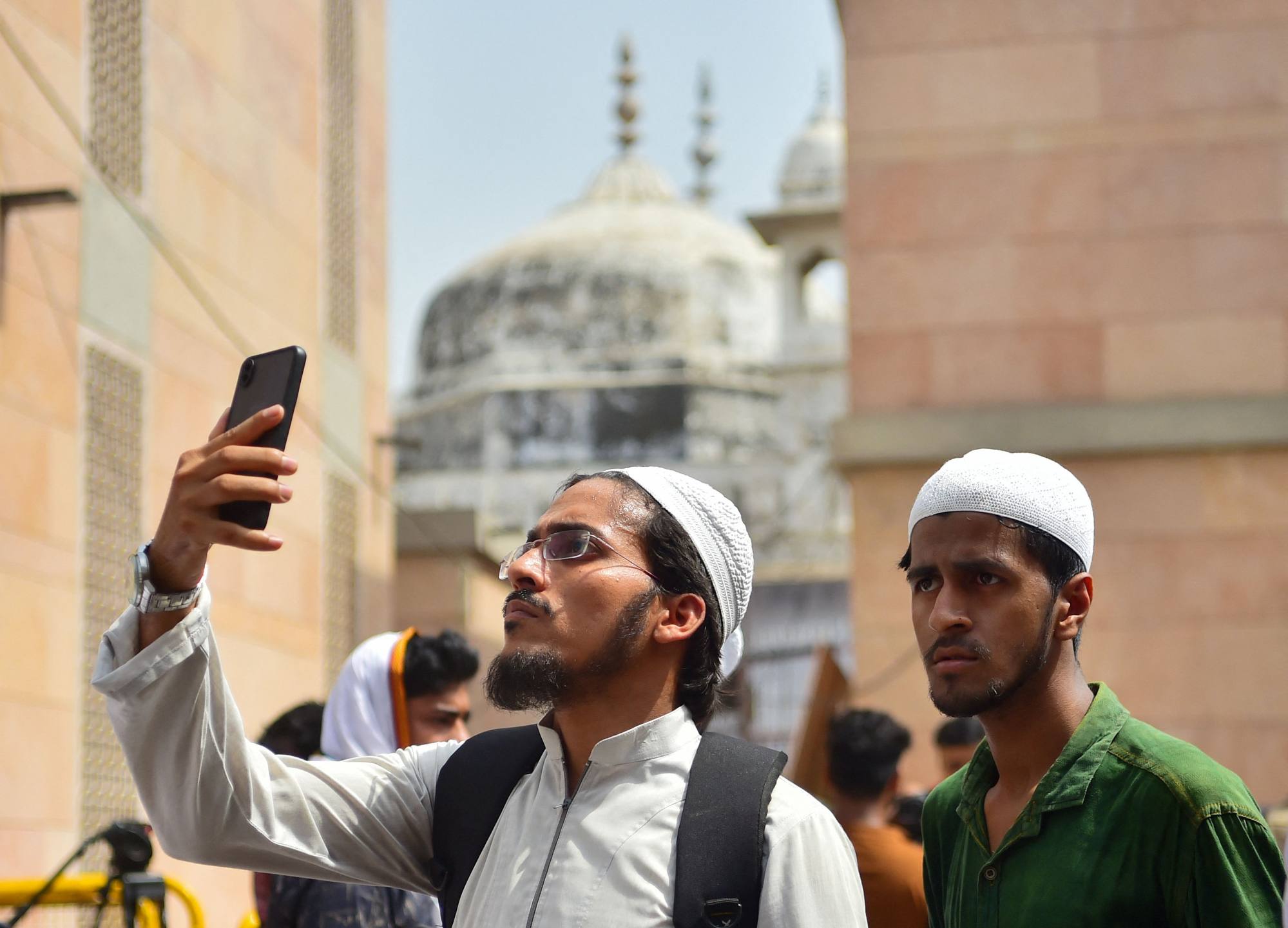Is India’s committee to address population growth ‘camouflage’ for targeting Muslims? – Technologist
“Wait for the terms of reference to come out, and then you will know the exact details. The overall approach is that it is a huge opportunity, but there are challenges. Both have to be taken note of,” said Ajay Seth, secretary of the department of economic affairs.
“I seriously doubt whether they will only study the rise in the Muslim population. Because that’ll give away their game. They know very well how to camouflage their game,” said Dr Santosh Mehrotra, a development economist.
Demographic of age, religion
While experts are concerned about age-related demographic changes in India, they fear the government is keener to address the religious demography of the Hindu-majority country.
“I’m convinced that they’re worried that the demographic dividend is slipping away – jobs are not growing, and the population is growing, so the population growth rate must be a problem; that is probably the logic of this effort. However, this is a misunderstanding of the nature of the job problem,” said Mehrotra.
In India, chorus of anti-Muslim hatred grows louder with rise of H-pop
In India, chorus of anti-Muslim hatred grows louder with rise of H-pop
India is home to about 200 million Muslims, accounting for 14 per cent of the country’s population.
Mehrotra added that studies showed the total fertility ratio of the Muslim population was coming down faster than any other social group in India.
Government arms, senior ministers, and those aligned with the ruling Bharatiya Janata Party (BJP) have routinely flagged the steady rise of the Muslim population over the decades. Top echelons of the Rashtriya Swayamsevak Sangh, the ideological parent of the BJP that wields enormous influence over government policies, openly say the increasing numbers of Muslims in India should be kept in check.
For instance, during the annual conference of security agencies in 2021, police chiefs of several states such as Uttar Pradesh, Assam, and West Bengal submitted detailed research reports on the decadal growth of mosques, seminaries, and Muslims. They flagged security concerns and changing voting patterns in the border districts due to the demographic balance.

Bashing the rising Muslim population remains a pet theme of the BJP, especially during election campaigns. However, experts say the concerns appear pronounced if these find ways into government policies and establish a legal route to target religious minorities.
In the past, several ministers of the ruling BJP have submitted private bills in the parliament to curb population growth, though the bills did not progress.
“Any government initiative that focuses on population growth and demographic changes with the character of this current administration should be considered as a dog whistle,” said Dr Aashish Gupta, a demographer at the University of Oxford.
“I would like the committee to carefully think about ageing as well as meeting the needs of the current population such as nutrition, education, and jobs. But, I worry that they’re concerned about the population among specific groups [Muslims]. That is a misplaced concern,” Gupta added.
Census conundrum
“In the absence of census data, which would have been far more accurate than the other many sample surveys, it’s going to be a huge challenge for the committee to make credible policy recommendations,” said Madhavan Raghavendran, a professor of sociology at Tamil Nadu’s Sastra University.
This is the first time India has not conducted a census since 1881. The absence of the latest census has had far-reaching effects on the population, making various government schemes and subsidies inaccessible.
‘The 60% will get what is due’: Indians call for nationwide caste census
‘The 60% will get what is due’: Indians call for nationwide caste census
As the government uses an outdated data set generated in 2011 as its base for subsidies and welfare schemes, millions of people are left in limbo and cannot be added because the quotas have been exhausted
Raghavendran added that the committee will have its task cut out but could make meaningful contributions in three key areas namely long-term preparations for an ageing population, addressing regional demographic imbalances, and changing fertility rates.
“Potential demographic changes induced by cross-border migration have always been sensitive political issues. In the absence of accurate data, and fears of forced demographic changes, the committee has a tough task preparing strategies both to combat real issues and to address induced fears,” Raghavendran said.
